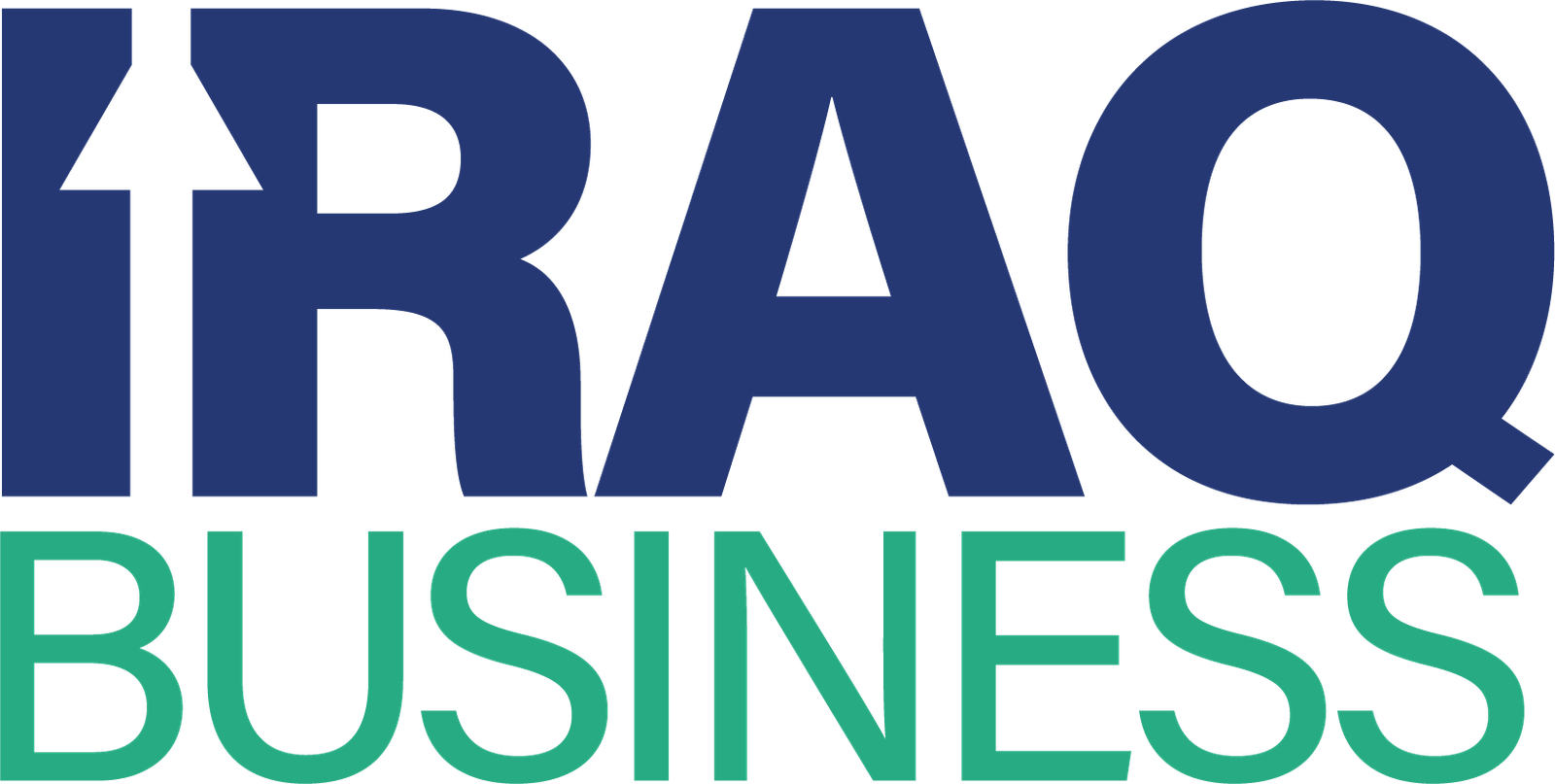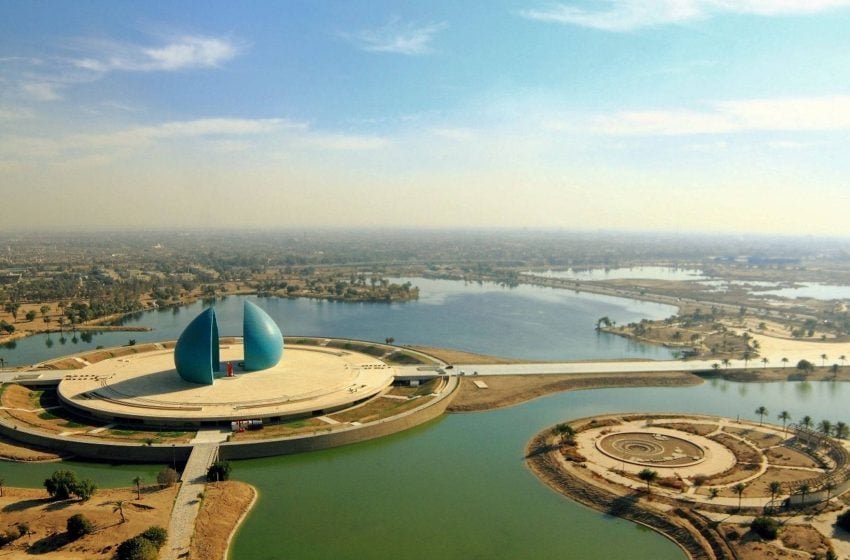Economic expert Manar Al-Obaidi has raised strong concerns about Iraq internal debt, stressing that its real danger lies in its high cost, poor allocation, and the strain it places on the banking sector. His analysis comes amid growing debate over the sustainability of Iraq’s fiscal policies and dependence on oil revenues.
Al-Obaidi explained that although Iraq internal debt currently stands at around 39% of GDP—below the critical 50% mark used by many countries—the composition of Iraq’s GDP makes the situation risky. With more than 65% of the GDP derived from oil, a decline in oil prices would immediately shrink national income and push the debt ratio higher, even if the total debt remains stable.
He identified five major risks linked to Iraq internal debt:
- High Interest Costs: The government issues bonds with interest rates nearing 10%, putting heavy pressure on the national budget, especially when oil prices drop.
- Investment Black Hole: Much of the borrowing covers salaries and routine expenses rather than productive investments, stalling diversification and growth.
- Contractionary Effect: High-yield government borrowing discourages banks from lending to the private sector, reducing capital for development projects.
- Banking System Exposure: The share of government debt in total banking assets jumped from 6% to 13% in one year, raising sovereign risk and limiting liquidity for other sectors.
- Risk Structure: The government’s reliance on oil to sustain debt repayments exposes the economy to external shocks and long-term instability.
Al-Obaidi warned that Iraq internal debt cannot be fixed through short-term financial solutions. Instead, he called for a full restructuring of public expenditures, diversification of revenue sources, and stronger support for non-oil sectors to build a more resilient and productive economy.


